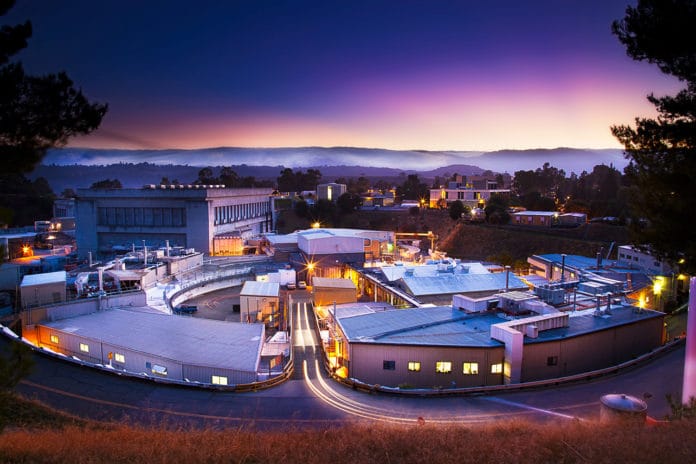Particle accelerators such as the Large Hadron Collider (LHC) propels charged particles, such as protons or electrons, at high speeds, close to the speed of light. Accelerated to a rate close to that of light, they energize the beam of other particles for use in a wide range of applications, including fundamental physics experiments, molecular imaging, and radiation therapy for cancer.
Operators need to tune up the accelerators for peak performance continuously. But, large particle accelerators are quite difficult to tune up as there are so many components equipped that need to be adjusted. Also, some components rely on each other to work properly. Hence, when you adjust one, it can affect the settings for another.
A recent study at SLAC come out with a solution. It suggests that machine learning can significantly enhance the performance of particle accelerators. Teaching machine learning the basics of accelerator physics is handy in situations where actual data don’t exist.
Adi Hanuka, a former SLAC research associate, said, “Injecting physics into machine learning is a really hot topic in many research areas – in materials science, environmental science, battery research, particle physics, and more.”
The benefits of injecting physics into machine learning are:
It can support human operators by speeding up the optimization process and finding useful accelerator settings.
Unlike other techniques, it can help diagnose the quality of particle beams without interfering with them.
To make these things possible, scientists trained the machine learning algorithms with data from previous accelerator operations and computer simulations that make assumptions about the accelerator’s performance. It was also found that using data from physics models combined with experimental data could dramatically decrease the amount of new data required.
It means that prior data are, in fact, not needed if you know enough about the physics that describes how an accelerator works. But that does not mean the data is not useful at all. During experiments, scientists used that data to further improve the physics-informed machine learning model by pairing it with actual data from the accelerator.
The abovementioned experiment was performed on SLAC’s SPEAR3 accelerator. Scientists used information obtained directly from physics-based models. They got results that were just as good, if not better, as those achieved by training the algorithm with actual archival data.
SLAC staff scientist Joe Duris, the study’s principal investigator, said, “Our results are the latest highlight of a progressive push at SLAC to develop machine learning tools for tuning accelerators.”
Scientists are now applying the method to improve the tuning of SLAC’s Linac Coherent Light Source (LCLS) X-ray laser, one of the most powerful X-ray sources on the planet.
Scientists noted, “The full potential of the new method will probably become apparent when SLAC crews turn on LCLS-II next year. This superconducting upgrade to LCLS has a brand-new accelerator, and its best settings need to be determined from scratch. Its operators may find it convenient to have AI by their side that has already learned some basics of accelerator physics.”
Journal Reference:
- Adi Hanuka et al., Physical Review Accelerators and Beams, 8 July 2021 DOI: 10.1103/PhysRevAccelBeams.24.072802
